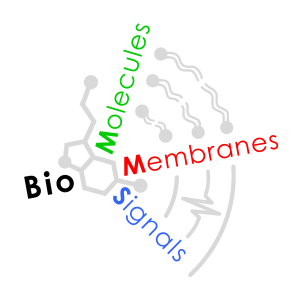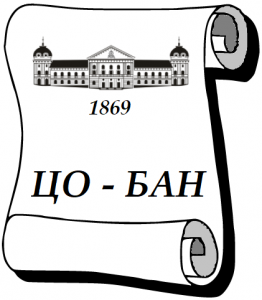Invited lecture: Prof. Miglena I. Angelova,
Sorbonne University & University Paris Cite
Invited by: Prof. Galya Staneva, Department “Lipid-protein Interactions”
The seminar will take place on 11 January 2023, from 11 AM, in the Meeting Hall of Block 21 of the Academic Complex “4th Kilometer”.
Possible mechanisms in the Alzheimer’s disease: The “mechanical toxicity”
Miglena I. Angelova 1,2*, Galya Staneva 3, Sophie Asnacios 1,2, Gabriel Thon 2,4, Félix Vannier 1,2, Nicolas Puff 1,2, Benoit Sorre 4, Atef Asnacios 2
- Sorbonne University-Jussieu, Faculty of Science and Engineering, UFR 925 Physics, Paris 75005, France
- University Paris Cite, Matière et Systèmes Complexes (MSC) UMR 7057 CNRS, Paris 75013, France
- Institute of Biophysics and Biomedical Engineering, Bulgarian Academy of Sciences, Sofia 1113, Bulgaria
- UMR 168 – Physical Chemistry, Institut Curie, Paris 75005, France
* miglena.anguelova@sorbonne-universite.fr
Abstract
In Alzheimer’s disease (AD), neurogenesis and neuroplasticity are severely affected. We hypothesize that, during the early steps of AD, the overproduced amyloid-beta (Aβ) peptide binds to, and, internalizes into the neural progenitor cells (NPC), affecting mechanical properties, such as the ability to deform globally or locally, thereby disturbing neurogenesis/neuroplasticity.
We present here a first set of results on the effect of the Aβ peptide on the mechanical properties of human brain neural progenitor cells (h-brainNPC) differentiated from human embryo-derived pluripotent stem cells (h-ESC). These results indicate a rigidification effect of Aβ on the mechanical properties of NPCs, correlating with the increase of membrane molecular order, and dipolar potential changes. Interestingly, the latter are known to be coupled with protein structures and physiology. This suggests a possible Aβ membrane-related “mechanical toxicity” in AD.

Figure: A) A single h-NPC compressed between the rigid and flexible plate of the microplate rheometer. B) Di-4-ANEPPDHQ confocal microscopy imaging of live adherent NPCs without and with Aβ. The generalized polarization (GP) image is in false colors and runs over the range indicated by the color bar, from lowest membrane order (-1, blue) to highest membrane order (+1, red) for illustration. AmChemSoc-spring 2021, on-line oral, Angelova et al.








